Book now
So much to see and so little time! Spend the night in Antwerp or take a guided tour.
Introduction
Antwerp is renowned for its rich cultural heritage and artistic legacy with numerous museums scattered throughout the city. From the intricate works of Flemish Baroque painters to the modernist designs of contemporary artists, the museums in Antwerp offer something for everyone.
In this article, we will take a closer look at some of the most prominent museums in Antwerp, delving into their histories, collections, and exhibitions. Whether you’re a seasoned art enthusiast or a curious traveler, the museums in Antwerp will captivate and inspire you.
Short of time to read the whole article? Go directly to your favorite museum via the table of contents.
1 MAS
The MAS (Museum aan de Stroom) is an impressive museum in Antwerp, located on the banks of the River Scheldt. The building is a sight to behold, with modern architecture featuring a striking red sandstone exterior reminiscent of stacked containers.
The MAS museum has an extensive collection that reflects the history of Antwerp and its global trade connections.
The museum has ten floors, seven of which house exhibitions. Each floor has a theme, ranging from the port of Antwerp to the city’s distant past and its relationship with other cultures. The collection consists of diverse objects such as art, archaeological finds, ship models, historical maps, and photographs.
On the top floor is a panoramic rooftop (free entrance) terrace where visitors can enjoy a beautiful view of the city and the port.
The MAS regularly organizes temporary exhibitions, lectures, and workshops for visitors of all ages.
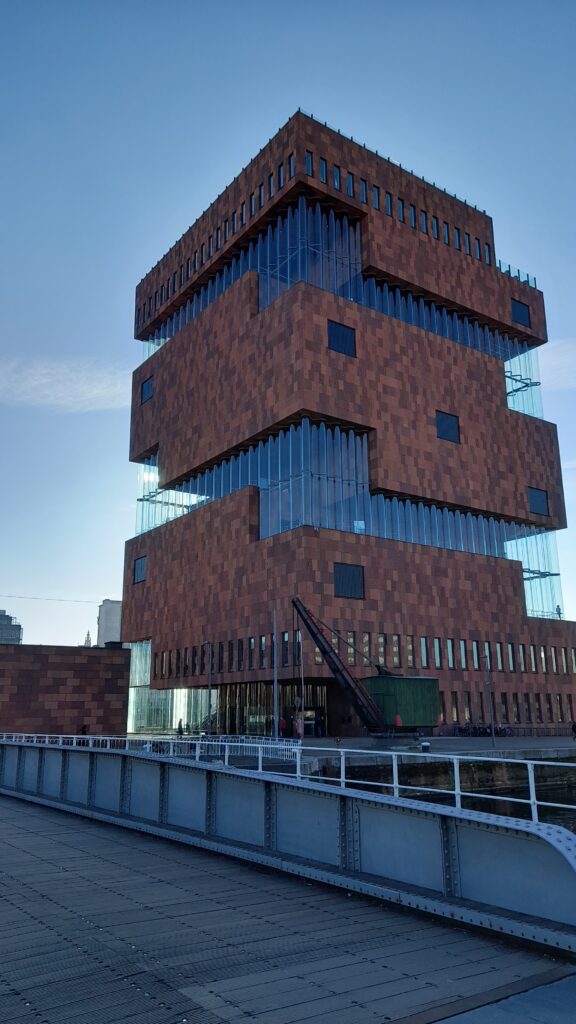
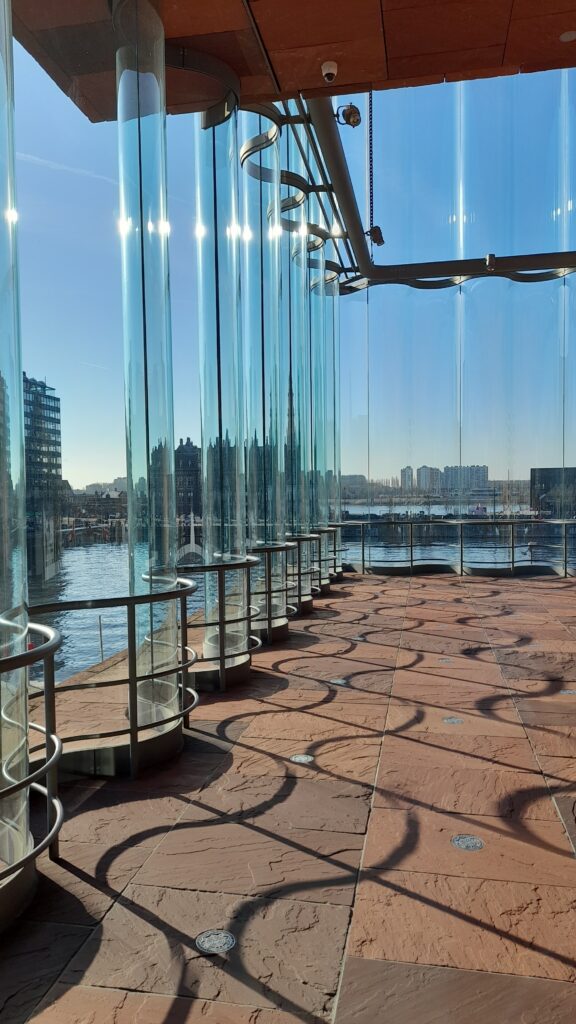

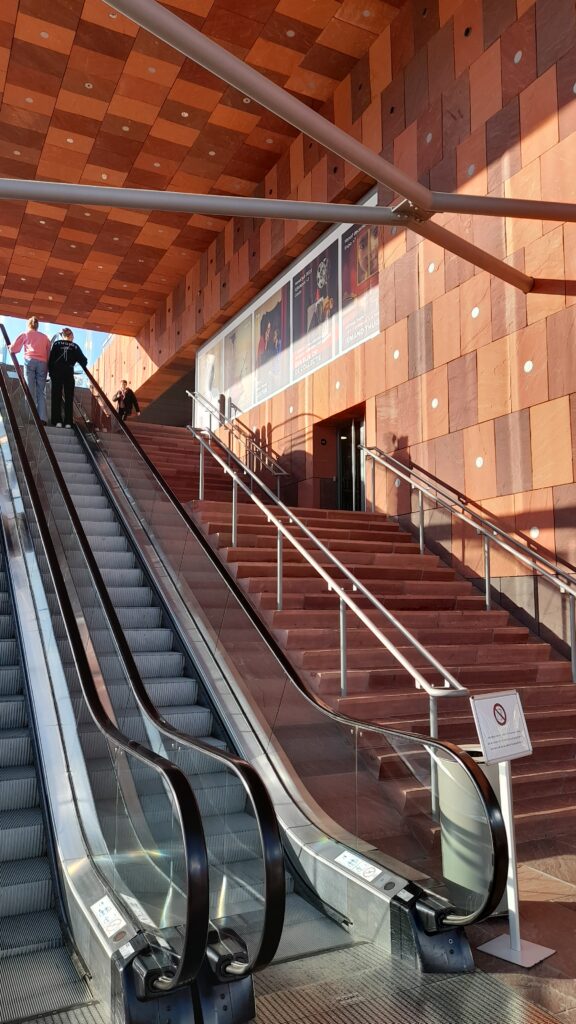

2 Rubenshuis
The Rubenshuis, located in the heart of Antwerp, is a museum that was once the home and studio of the celebrated Flemish painter Peter Paul Rubens. The building itself is a magnificent example of a city palace.
Now temporarily closed for renovation.
Visitors to the Rubenshuis can explore the rooms of the house furnished in the style of Rubens’ time, and learn about the life and work of the artist. The museum houses an impressive collection of Rubens’ paintings, drawings, and prints, as well as works by his contemporaries and pupils.
One of the highlights of the Rubenshuis is the beautiful garden. The garden is a peaceful oasis in the city, featuring a central fountain, flower beds, and a stunning trellis.
The Rubens House renews | Rubenshuis
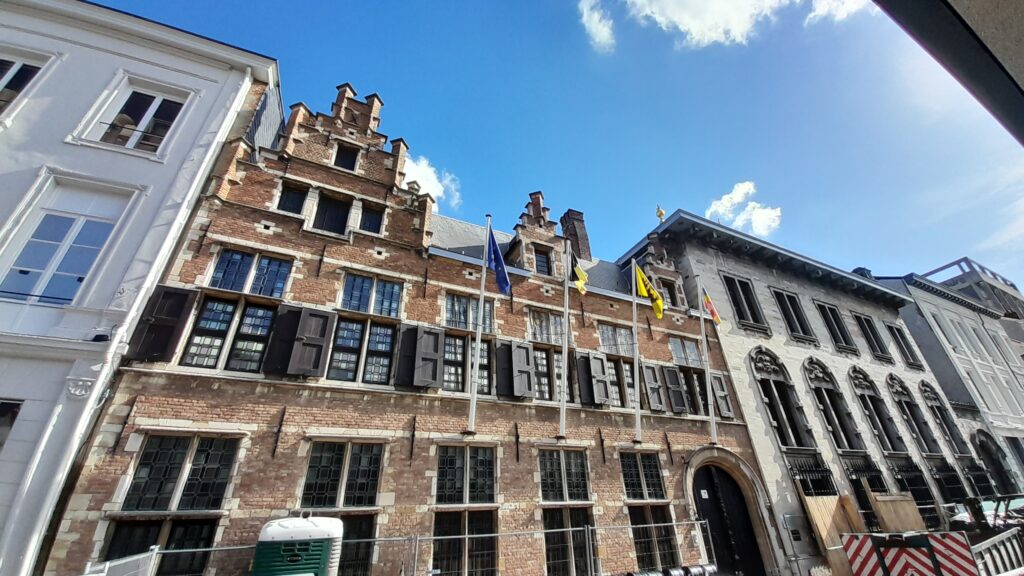

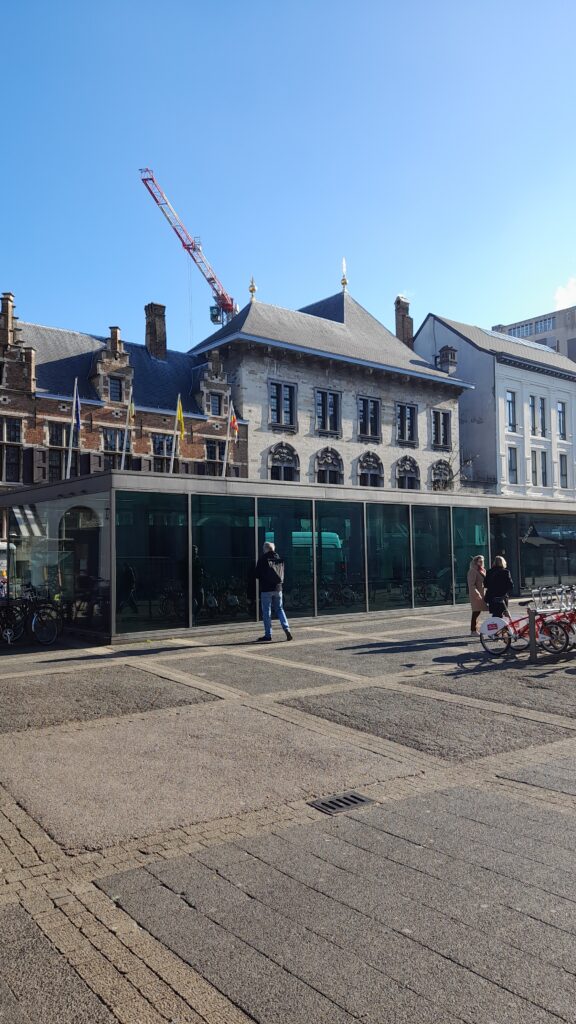

3 KMSK
The Koninklijk Museum voor Schone Kunsten (KMSK) or Royal Museum of Fine Arts is a prominent art museum in Antwerp. The museum houses an extensive collection of Belgian and Flemish art.
The KMSK has an impressive collection of paintings, sculptures, and drawings, featuring works by notable artists such as Jan van Eyck, Peter Paul Rubens, and James Ensor. The museum also showcases a range of international art.
The museum’s collection is organized thematically, covering genres such as portraiture, landscapes, and still lifes. One of the standout features of the KMSK is the extensive collection of 19th and 20th-century Belgian art, which highlights the country’s rich artistic heritage.
The museum regularly hosts temporary exhibitions and events for visitors of all ages. The KMSK has also undergone significant renovations and modernizations in previous years, enhancing the visitor experience.
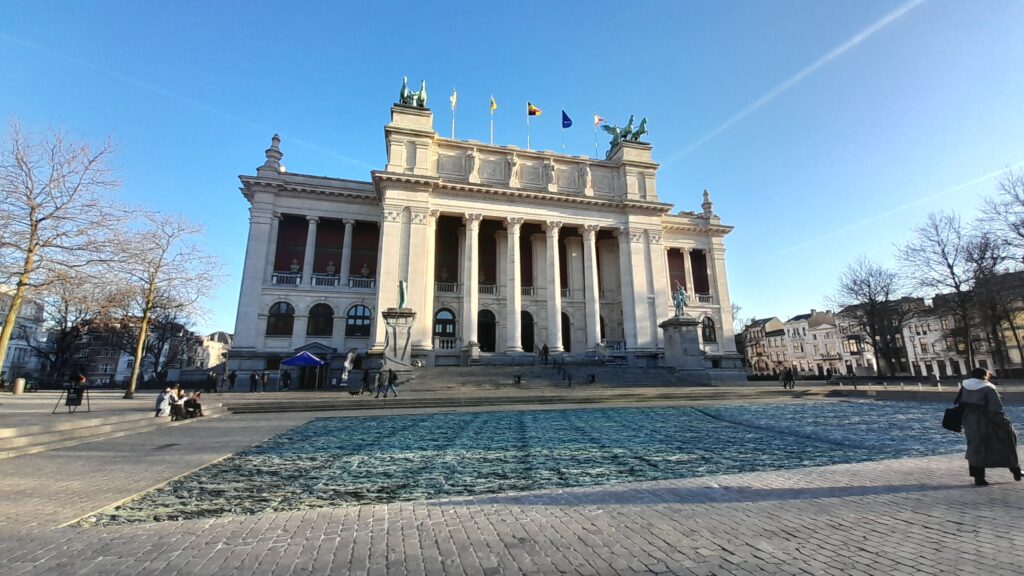

4 Red Star Line museum
The Red Star Line Museum tells the story of the Red Star Line shipping company, which transported millions of immigrants from Europe to the United States and Canada between 1873 and 1934. The museum is located in the original buildings of the Red Star Line company.
Visitors to the Red Star Line Museum can take a self-guided tour through the museum’s various exhibits, which include historical photographs, objects, and personal stories of the passengers who made the journey. The museum also features interactive exhibits that allow visitors to explore the various stages of the journey, from the departure in Antwerp to arrival in the new world.
One of the highlights of the museum is the opportunity to walk in the footsteps of the immigrants, experiencing what they would have gone through when boarding the ship, going through customs, and living in cramped conditions on board. The museum also has a section dedicated to the lives of some of the famous passengers who traveled on the Red Star Line, such as Albert Einstein.
The Red Star Line Museum is a tribute to the shipping company and the immigrants who left their homes searching for a better life. The museum aims to tell their stories and preserve the memory of their journeys.
Millions of people, one dream | Red Star Line Museum
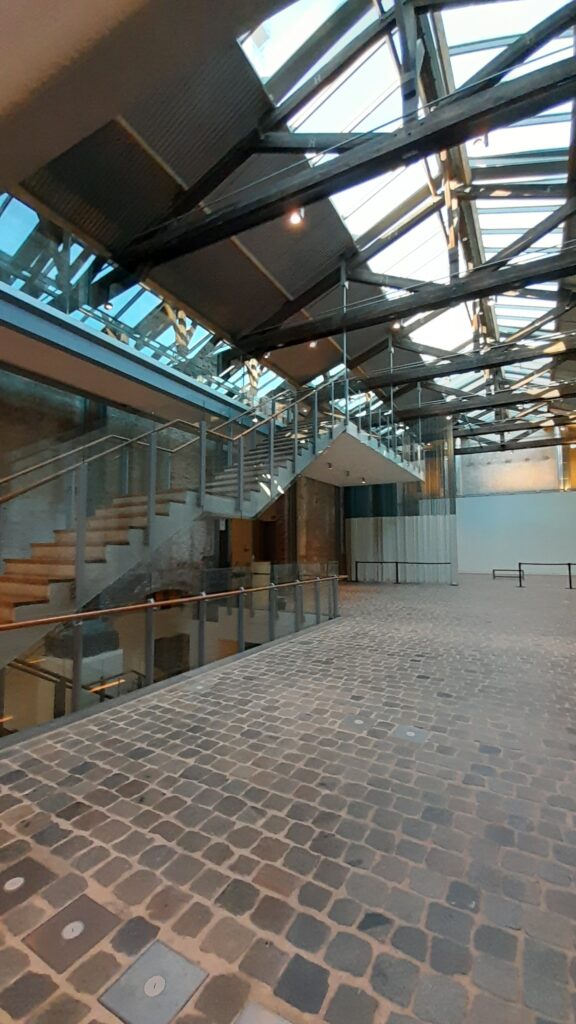

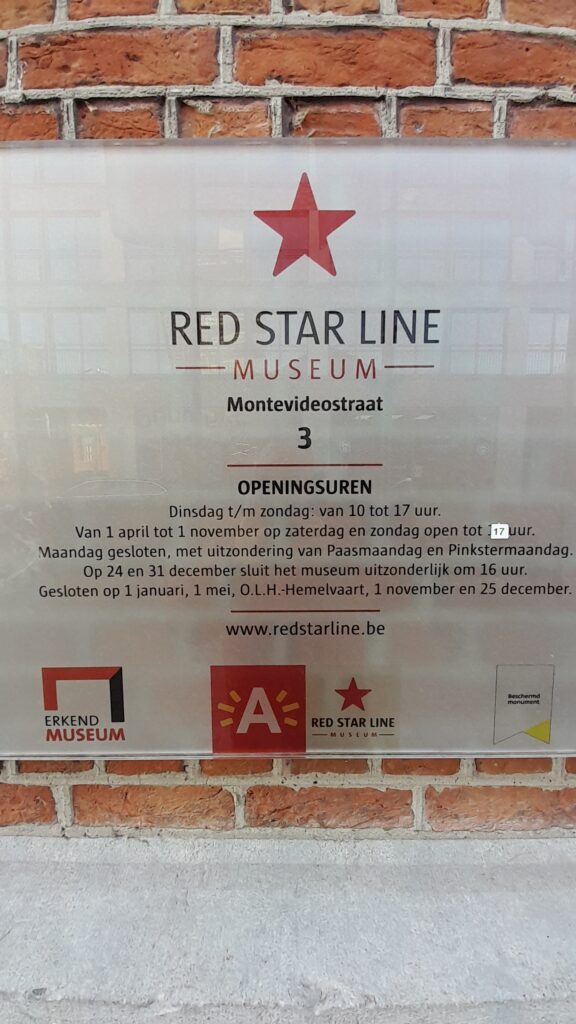

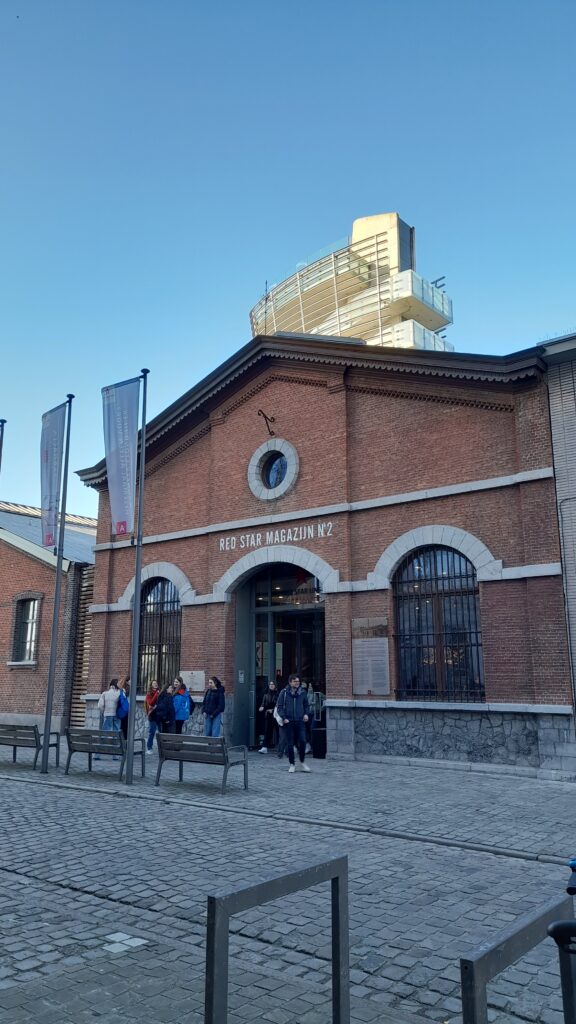

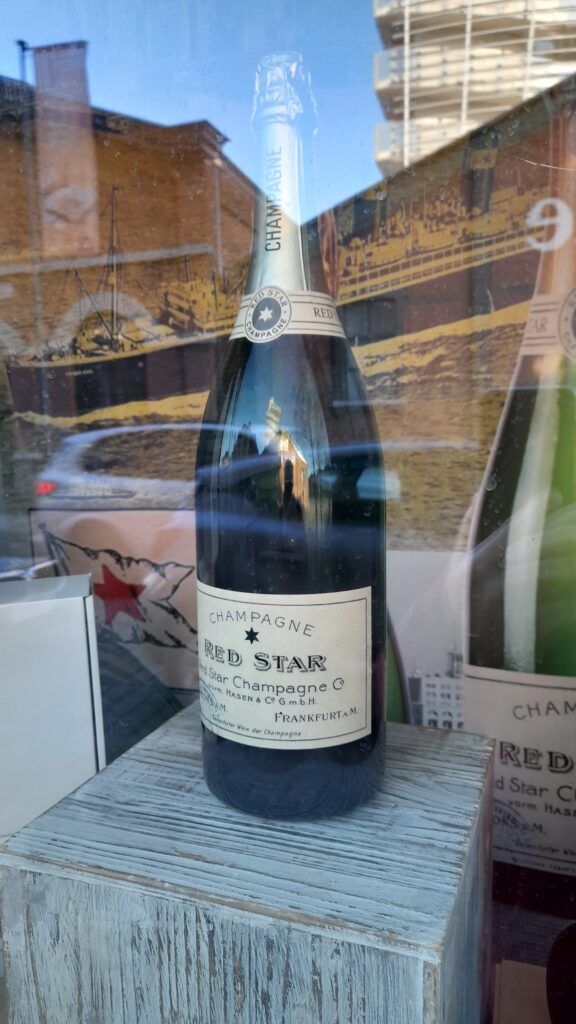

5 M HKA (museum van hedendaagse kunst)
The Museum of Contemporary Art Antwerp (M HKA) is a leading contemporary art museum in Antwerp.
The museum’s collection features a diverse range of artworks from the 1970s to the present day, with a particular focus on Belgian and international artists who have shaped the contemporary art world.
The MHKA has an impressive art collection, including paintings, sculptures, installations, and video art.
The museum regularly organizes exhibitions showcasing the most innovative and influential contemporary artists from all over the world.
The museum hosts numerous events, lectures, and workshops, making it a lively hub for the contemporary art community. The museum’s location in the heart of Antwerp’s historic center also makes it an ideal destination for art lovers looking to explore the city’s cultural offerings.
Programme | M HKA, Museum of Contemporary Art Antwerp (muhka.be)
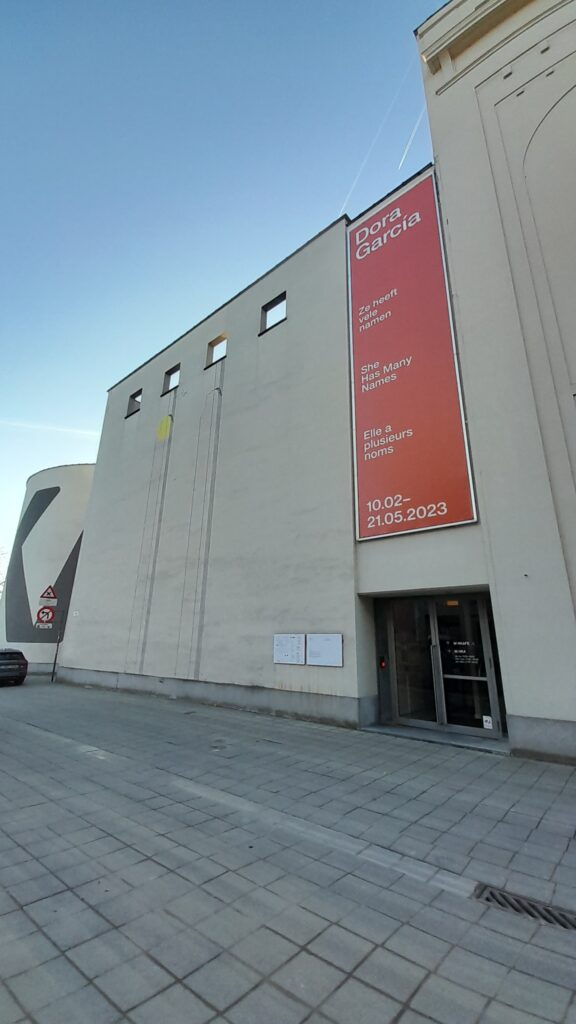

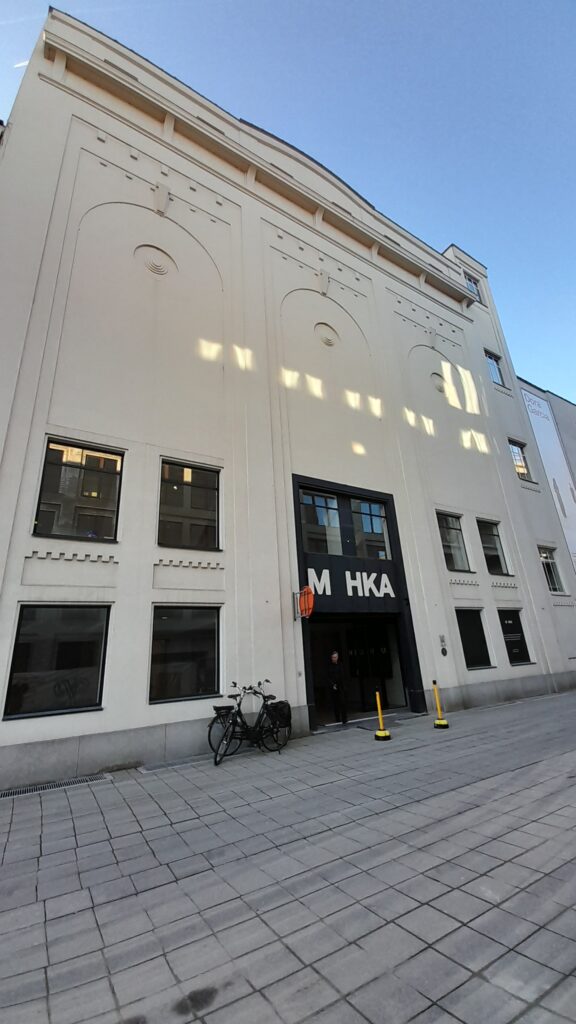

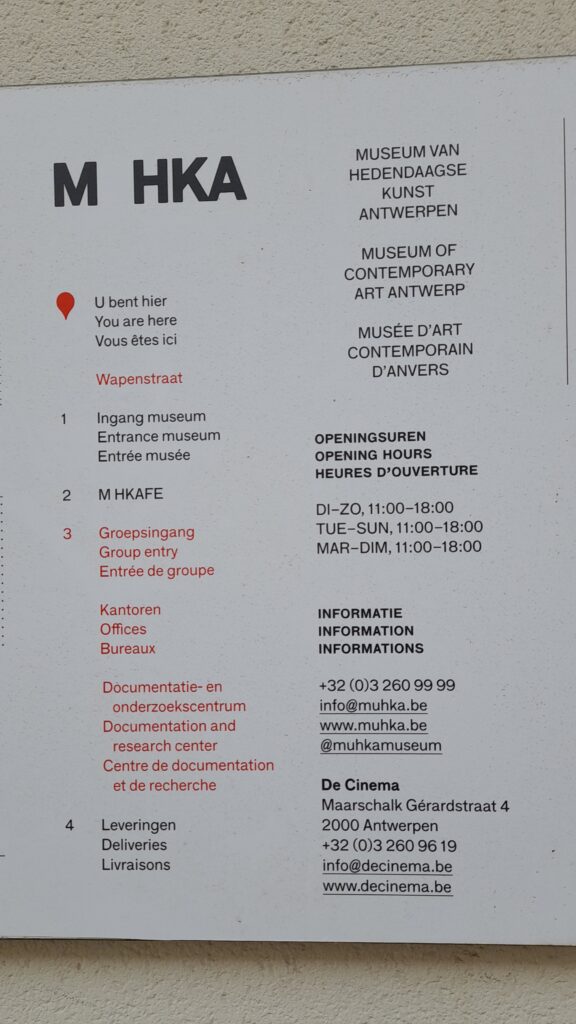

6 FOMU (Foto Museum)
The Fotomuseum (FOMU) Antwerp, also known as the Museum of Photography, is dedicated to the art and history of photography in Antwerp. The museum’s collection features a wide range of photographs from the 19th century to the present day, particularly contemporary photography.
The FOMU has a collection of more than 3 million photographs, emphasizing Flemish photography and the Belgian photographic tradition. The museum regularly hosts temporary exhibitions showcasing the work of emerging and established photographers.
In addition to its exhibitions, the FOMU hosts lectures, workshops, and screenings, making it a hub for photography enthusiasts in Antwerp. The museum’s location in the trendy Zuid district of Antwerp makes it an ideal destination for art lovers looking to explore the city’s cultural offerings.
FOMU | FOMU | Fotomuseum Antwerpen | Photography museum Antwerp
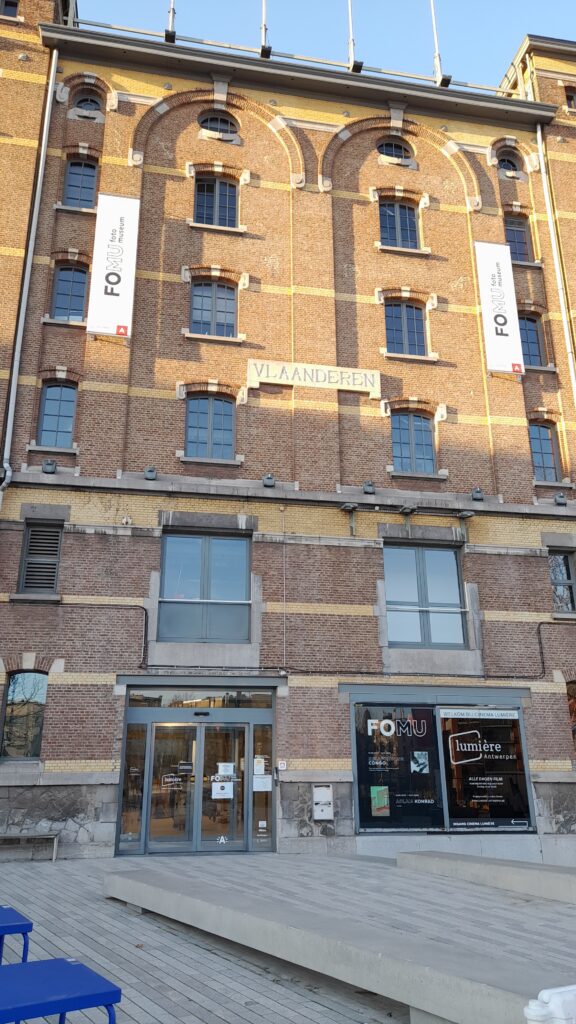

7 Plantin Moretus museum
The Plantin-Moretus Museum is a printing and bookbinding museum located in the center of Antwerp. The museum tells the history of the printing and bookmaking industry. It’s in the former residence and printing shop of the Plantin-Moretus family.
They operated the most successful printing businesses in Europe during the 16th and 17th centuries.
The museum’s collection features an impressive array of printing presses, bookbinding equipment, and printed materials from the 16th century onwards.
One of the highlights in the museum is the original printing presses used by the Plantin-Moretus family to produce some of the most important works of the Renaissance period.
The museum also has an extensive collection of manuscripts, maps, prints, and a fascinating collection of wooden typefaces and engraved copper plates.
Welcome in Museum Plantin-Moretus | Museum Plantin-Moretus (museumplantinmoretus.be)
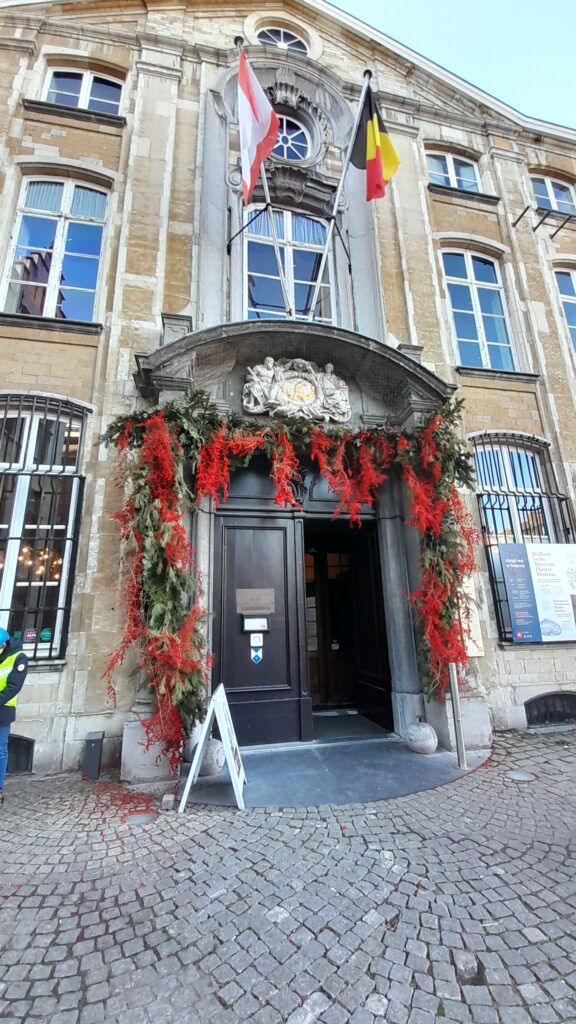

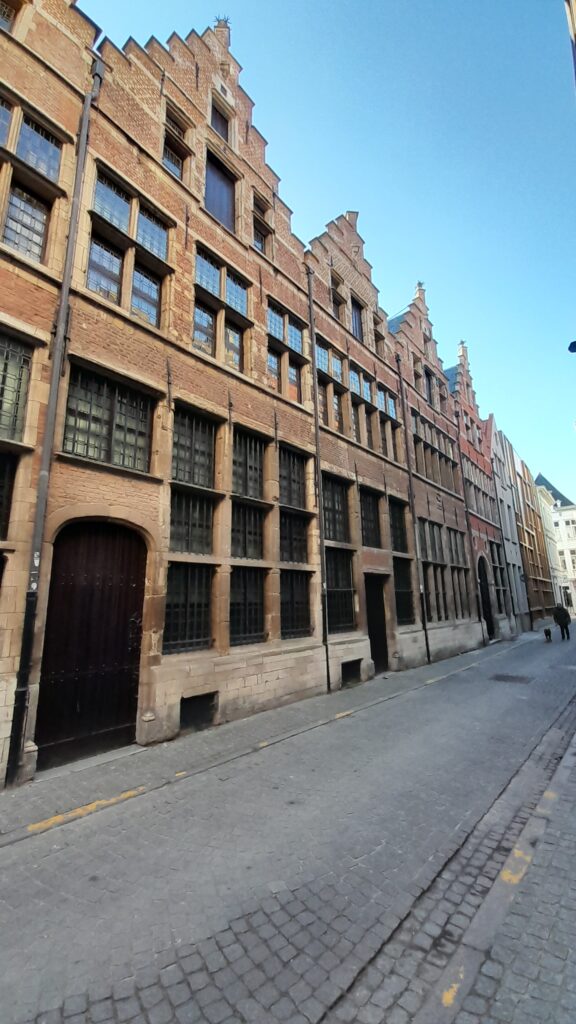

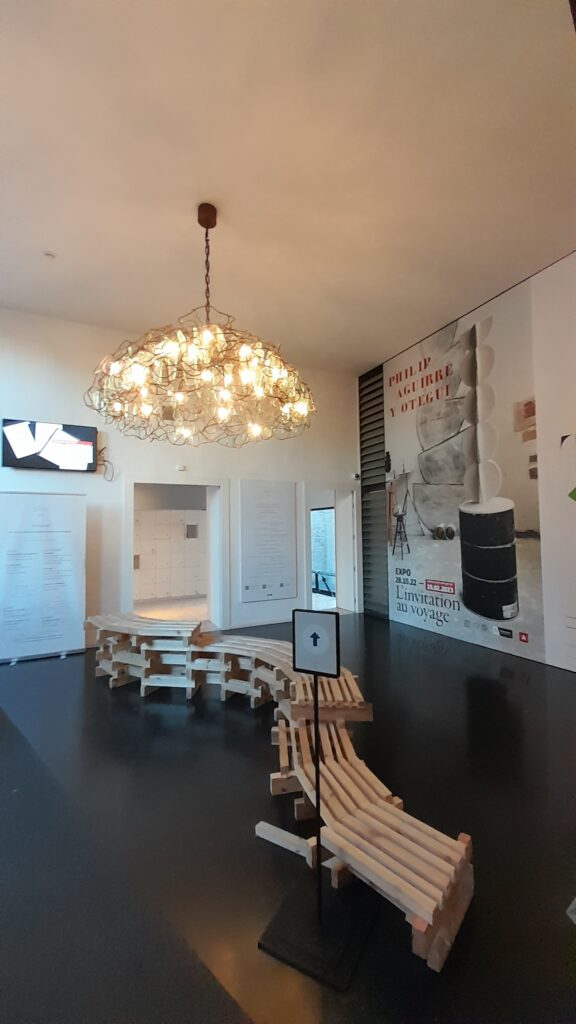

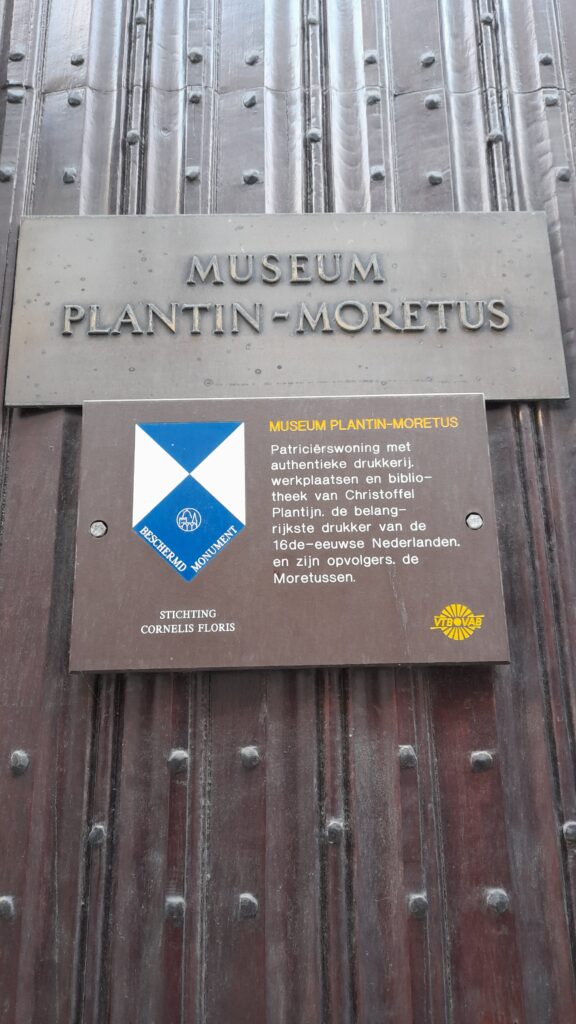

8 Vleeshuis
This former guild house dates from the 16th century and has been a museum since 1913.
It used to be a slaughterhouse and later a warehouse.
Its exhibiting musical instruments since the archaeological collection moved to the Museum aan de stroom. The meat house will undergo a complete renovation within a few years and will have a new purpose.
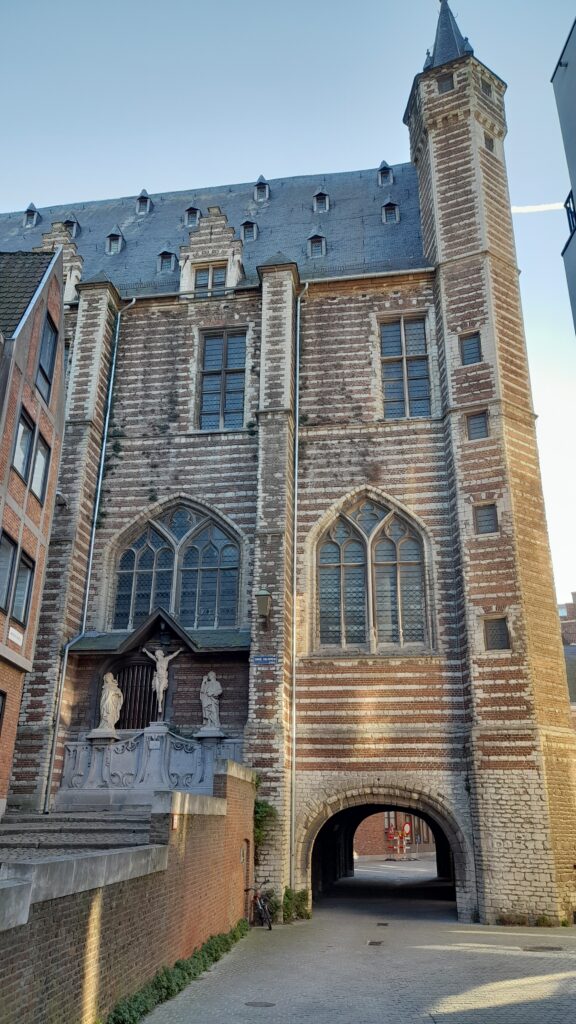

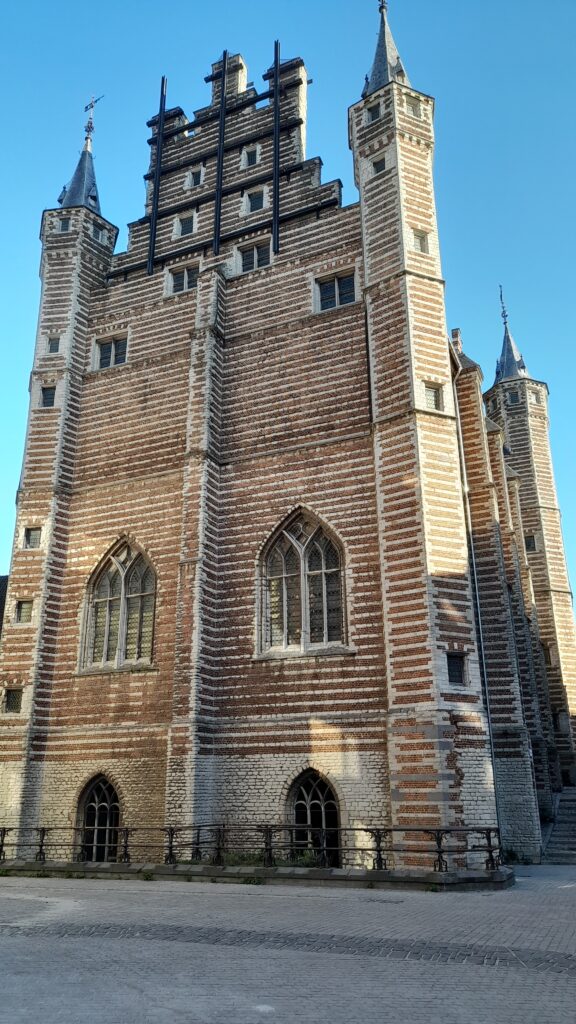

9 DIVA museum
DIVA, the Antwerp Home of Diamonds, is a museum dedicated to the city’s rich history in diamond trading and jewelry making. The museum is in a beautifully restored 19th-century building in the heart of Antwerp’s historic city center.
DIVA’s collection includes objects related to diamond trading, jewelry design, and luxury goods dating from the 16th century to the present day. Visitors can admire exquisite pieces of jewelry, gemstones, and precious metals, as well as watchmaking tools and techniques.
DIVA I A brilliant museum in Antwerp I Diamonds, jewelry and silversmithing | DIVA (divaantwerp.be)
Booking.com10 Museum De Reede
Museum De Reede is a museum located in the city of Antwerp, Belgium. It is to show the work of graphic artists and their impact on the art world. The museum’s collection includes works by artists such as Francisco Goya, Félicien Rops, and Edvard Munch.
Museum De Reede focuses on the art of printmaking, which involves the creation of images using techniques such as etching, engraving, and lithography. The museum’s collection includes a variety of prints, including some rare and unique examples.
The museum is in a beautiful building ( De Rede) that dates back to the 19th century. Its architecture reflects the history of Antwerp and the city’s role as an important cultural and artistic center.
Museum De Reede is open to the public and welcomes visitors from around the world interested in exploring the rich history of graphic arts.
Home | Museum de Reede | Graphics in Antwerp (museum-dereede.com)
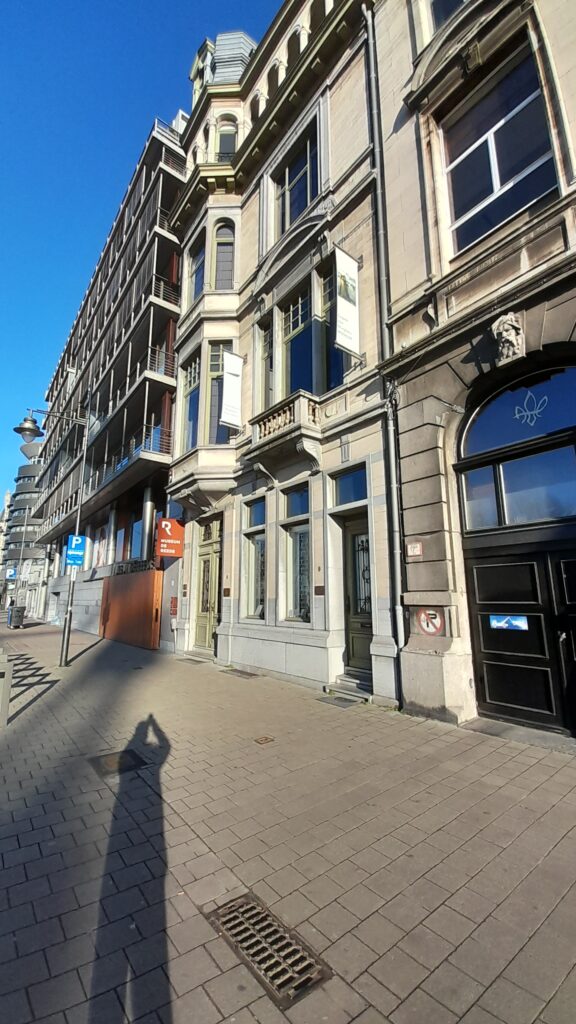

11 Eugeen Van Mieghem museum
The Eugeen van Mieghem Museum is dedicated to the life and work of the Belgian artist Eugeen van Mieghem (1875-1930).
Van Mieghem was a self-taught artist best known for his depictions of the people of Antwerp, particularly those who lived and worked in the city’s bustling port.
The museum features a collection of over 200 of van Mieghem’s works, including paintings, drawings, and etchings. Many of these works depict the daily life of Antwerp’s working-class residents and the diverse group of people who passed through the city’s port.
It is next to the museum de Reede.
The Eugeen van Mieghem Museum is a great place to learn about this important Belgian artist and to gain a greater appreciation for the people and culture of Antwerp during the early 20th century.
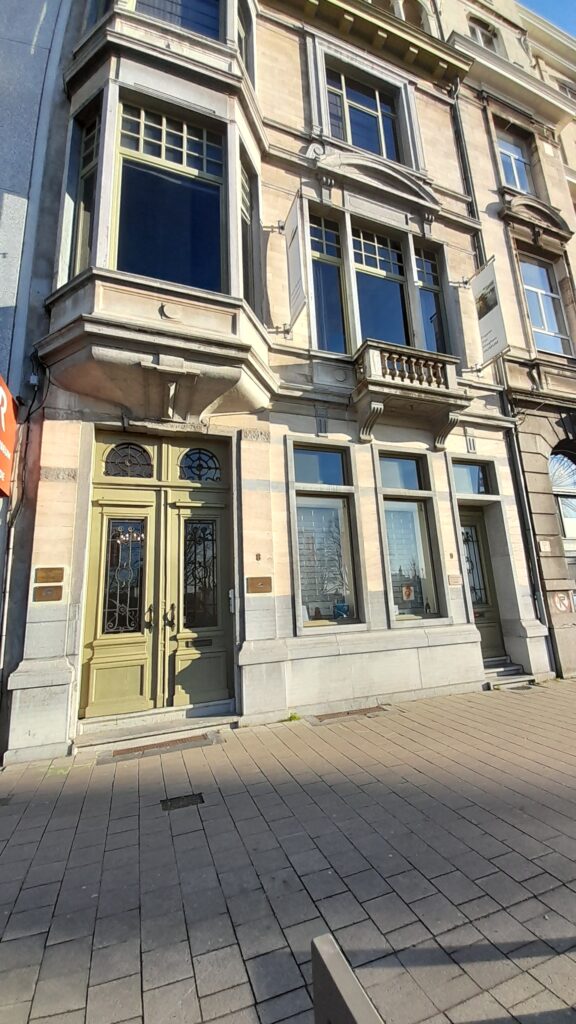

12 Rockoxhuis
The Rockoxhuis museum is in the heart of Antwerp. The museum tells the life and work of the Flemish patrician and art collector Nicolaas Rockox (1560-1640).
Rockox was an influential figure in Antwerp during the 17th century and a close friend and patron of many artists, including Peter Paul Rubens. The museum is in the former home of Rockox and his wife. The building is a beautiful example of Flemish Renaissance architecture.
The Rockoxhuis museum’s permanent collection includes paintings, sculptures, furniture, and other decorative objects from the 16th and 17th centuries. The collection has works by Rubens, Jan Brueghel the Elder, and many other Flemish artists.
Snijders&Rockoxhuis – Een verrassend museum in het hart van Antwerpen (snijdersrockoxhuis.be)
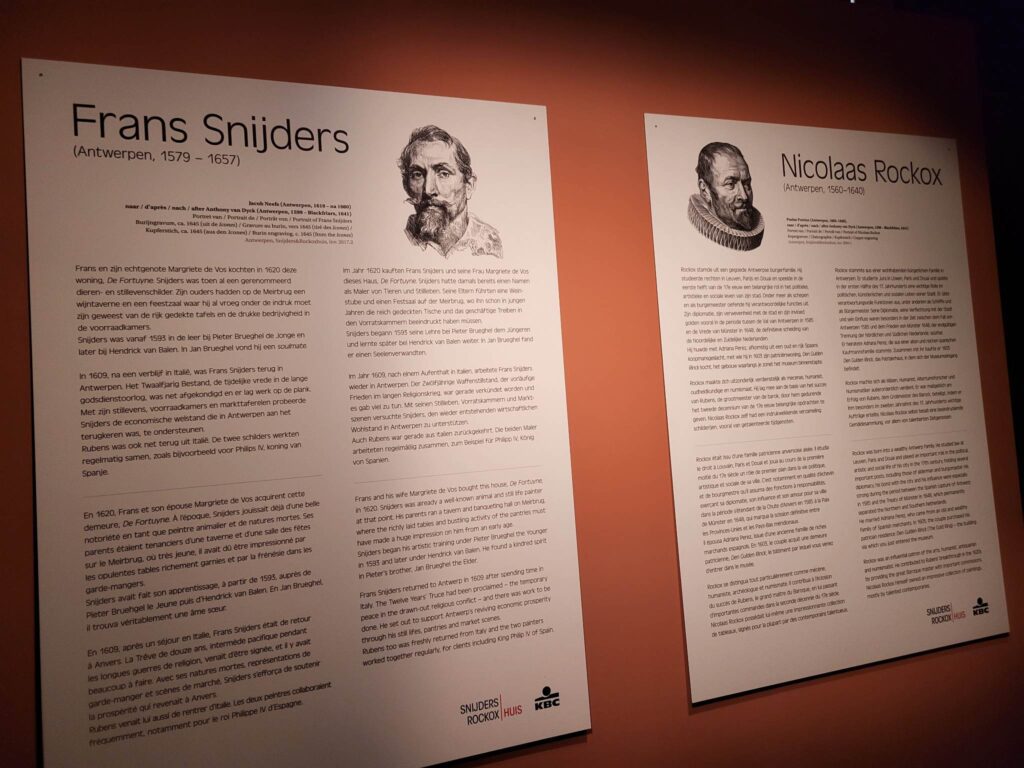

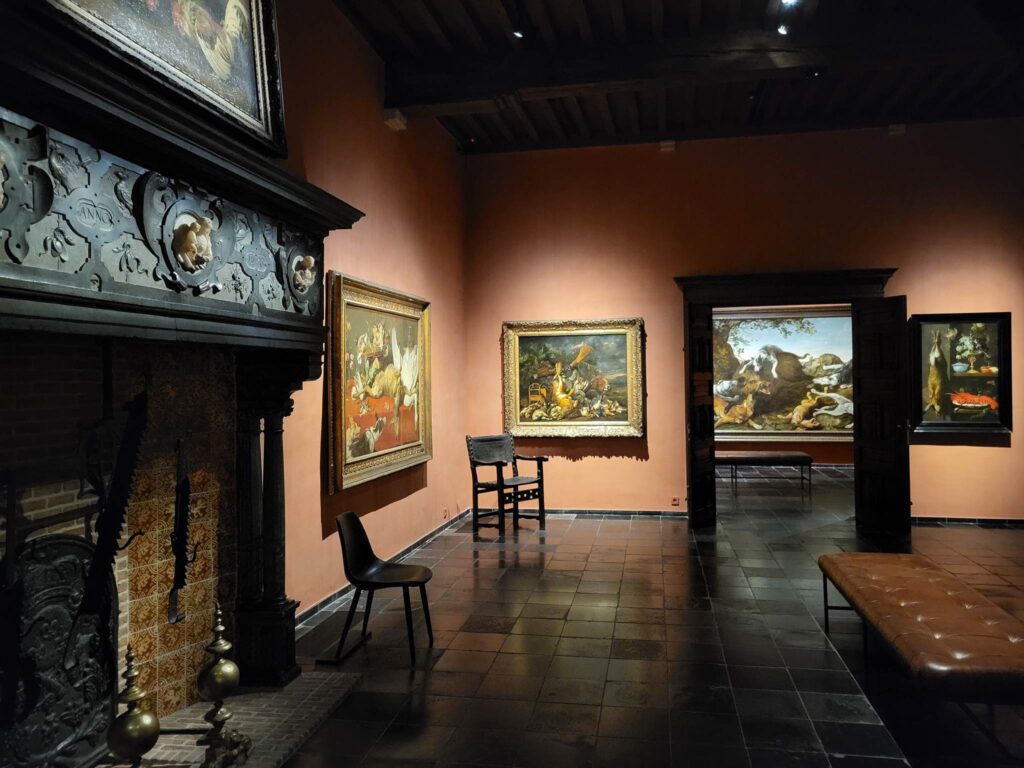

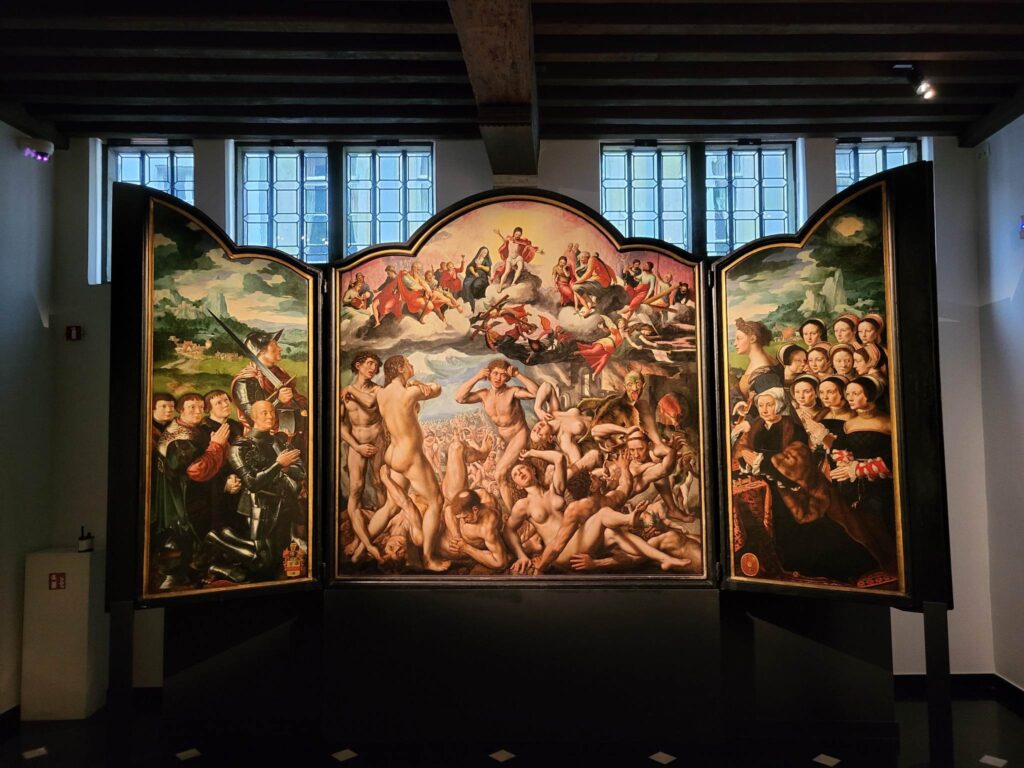

13 Mayer Van den Bergh
The Mayer van den Bergh museum shows the art collection of the Belgian art collector Fritz Mayer van den Bergh (1858-1901). The museum is in a beautiful building specifically designed to showcase van den Bergh’s collection.
Van den Bergh was a passionate collector of art and artifacts from the Middle Ages and Renaissance periods. He is best known for his collection of Flemish Primitives, which includes works by Jan van Eyck, Rogier van der Weyden, and Hans Memling, among others.
The Mayer van den Bergh museum’s permanent collection includes works of art and artifacts, including paintings, sculptures, tapestries, and decorative objects. In addition to the Flemish Primitives, the collection includes works by artists from other periods and regions and a large collection of armor and weaponry.
What is there to see? | Museum Mayer van den Bergh
14 MOMU
The MoMu museum, short for ModeMuseum, tells the history and evolution of fashion in Belgium and showcases the work of both established and emerging designers.
The MoMu museum’s permanent collection includes over 30,000 items, including clothing, accessories, and textiles, as well as photographs, films, and other archival material related to fashion. The collection includes works by many notable Belgian designers, such as Dries Van Noten, Walter Van Beirendonck, and Ann Demeulemeester, as well as international designers such as Chanel, Yves Saint Laurent, and Comme des Garçons.
The museum is known for its innovative and engaging exhibitions, which often combine the work of established designers with new and emerging talent.
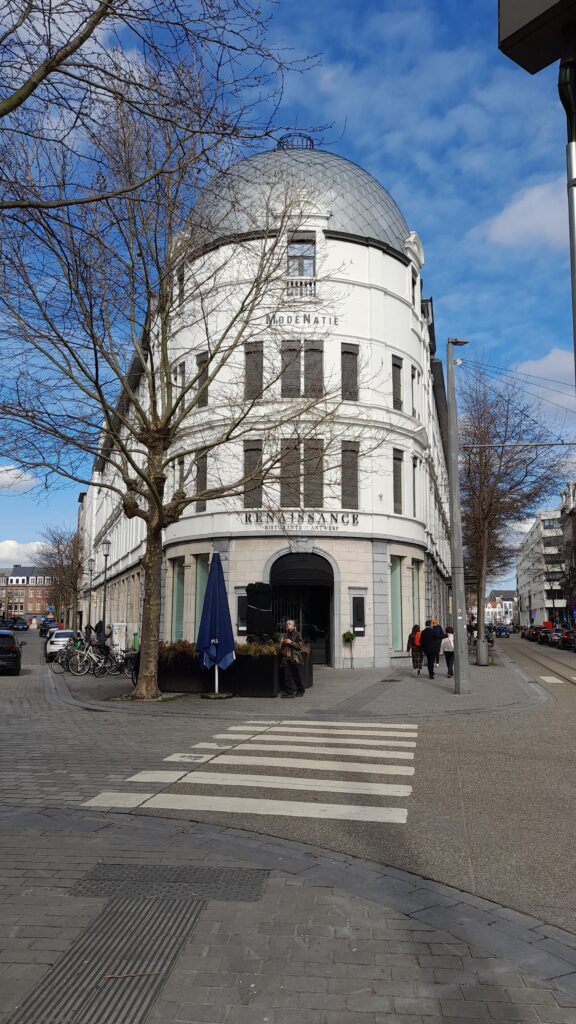

15 Chocolate Nation
The Chocolate Nation museum tells the history and culture of chocolate products.
The Chocolate Nation also features a variety of interactive exhibits and activities that allow visitors to learn about and taste chocolate in new and engaging ways. The museum includes a chocolate-making workshop, where visitors can learn how to make chocolate creations. It has a tasting room, where visitors can sample a wide variety of different chocolates.
The Chocolate Nation museum is a great place to learn about the history and culture of chocolate and to gain a greater appreciation for the artistry and craftsmanship that goes into making high-quality chocolate. The Chocolate Nation museum is a must-visit destination in Antwerp.
Discover the largest Belgian chocolate museum in the world (chocolatenation.be)
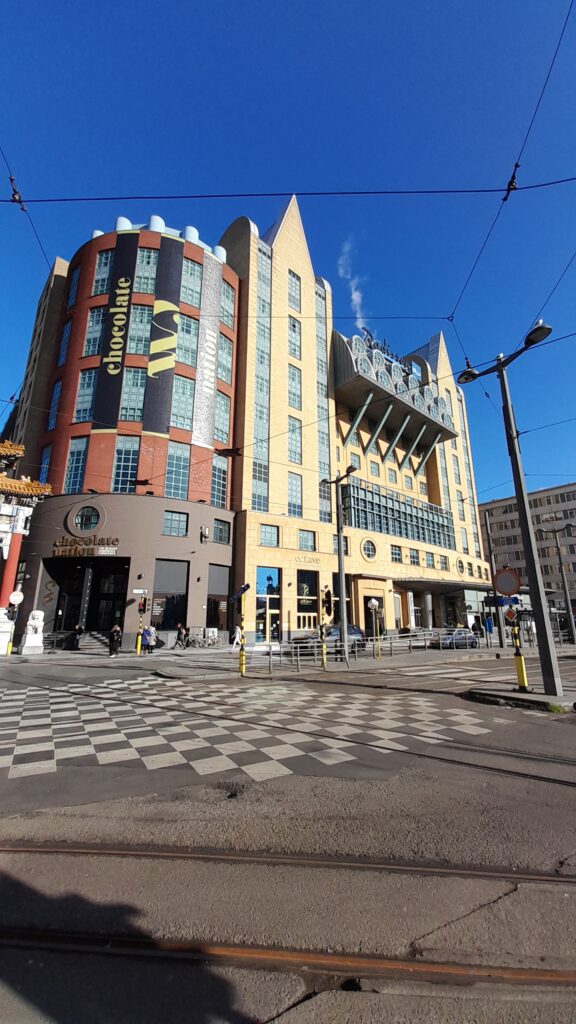

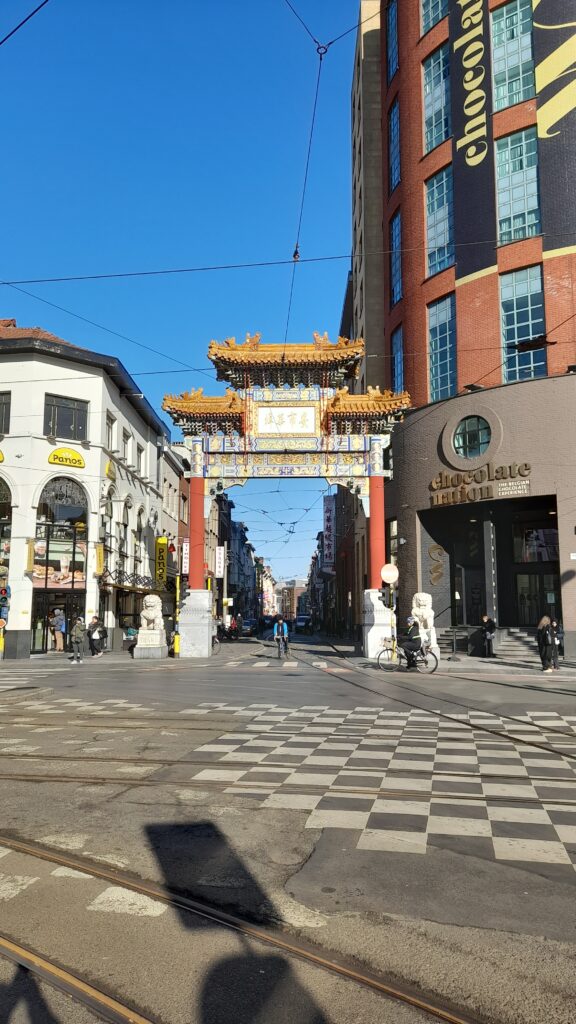

people also read:
- 18 must-see historical buildings in Antwerp
- How and where to park your car in Antwerp.
- 34 fun things to see and do in Antwerp
- 15 best Hotels in Antwerp
This article may contain affiliate links. This means that we receive a small commission when you book something via these links. Of course, this does not cost you anything extra. Did our tips help you? We would love it if you book your trip via the links in the article above. Thank you so much.
FAQ
Read more articles on my Antwerp page.